This Flex Module uses the new MAX30100 module. Requires a 3v3 VDD input for the LEDs. Also requires a 1v8 power source, so we added a tiny SMPS onboard powered from the VDD. 1v8 SMPS is around 500mA, so the board provides it to auxiliary boards through a pin out. We need to make the driver once we have a board ready.
Any software related will be released under BSD or MIT license. SAAS or cloud based software will be AGPL.
 Chris Hamilton
Chris Hamilton



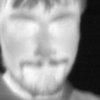

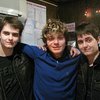





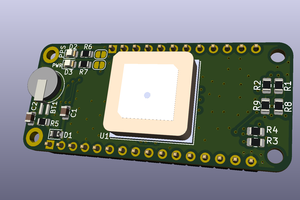
 sirmylesavery
sirmylesavery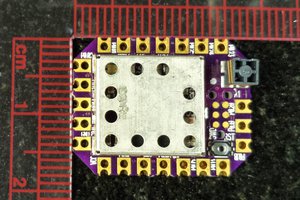
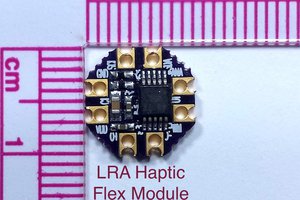
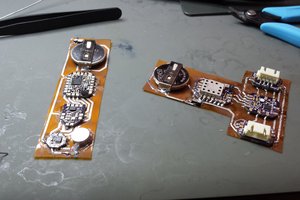
Hi, in case someone needs it, I made a code to read the Infrared data and plot it in the pc via serial port with the software SerialPlot. I'll leave it here. https://mega.nz/#!lxNUGabb!kZQF51G4X880iESr4EPBIMfcDMrOi1_C-XqQXmHDWXo